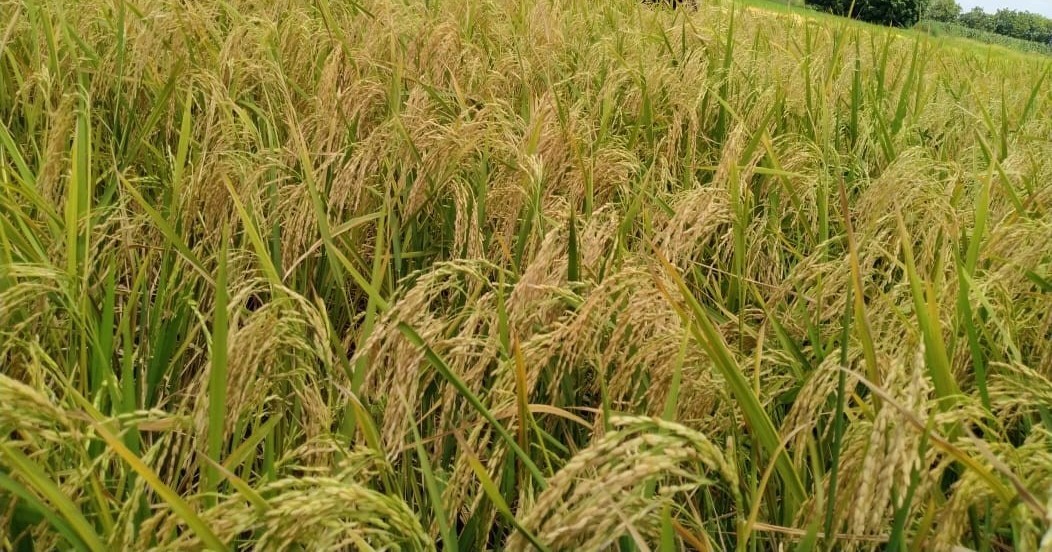Food security has deteriorated across Kenya, Uganda, and Rwanda in the last month, Alliance for Green Revolution in Africa (AGRA) has said.
As of June 30, 2023, 65.7 million people across six select East African countries did not have enough food for consumption, representing a 2.6 percent increase compared to the previous month.
The number of food insecure people in the East African region was higher in June 2023 than at the same time last year (62.6 million) and in 2021 (53.0 million).
According to AGRAS Food Security Monitor for June 2023, the mixed changes in the national average prices of food commodities reported in Kenya over the month of June saw that while the average prices of red beans, red sorghum, and rice were lower in June than in May, maize, finger millet, wheat and white sorghum prices remained high.
For instance, wheat and white sorghum were 6.77 percent and 15.23 percent higher in June than in May and except for finger millet and wheat, all other commodities have risen above their one-year levels and this state of prices is a reflection of seasonality patterns exacerbated by on-ongoing macroeconomic difficulties.
The high fuel and food prices have also continued to limit the purchasing power and only a total of 228,635 MT worth of commodities, including wheat, maize, soybean, and sunflower meal, were shipped to Kenya, Egypt, and Tunisia last month.
On the seasonal monitor and crop yield forecast, the monitor says that Kenya’s area under crop production in the marginal agricultural areas is below average constrained by limited access to inputs during the planting month of March.
As a result, below-average harvests are expected despite the areas receiving cumulatively above-average rainfall
According to the report, increased market supplies from the recent harvest are however stabilizing prices and driving improved food security outcomes, especially in Southern Africa.
For Kenya, the report notes that the East African Community (EAC) has allowed the country to reduce the import duty levied on rice and wheat to rates below the bloc’s common external tariff.
This will help to address the high food prices in the country and under this new arrangement, rice imported from countries outside the region will now be subjected to a custom duty of only 35 percent, instead of the 75 percent charged under the EAC common tariff,
Wheat from outside the region will be taxed at 10 percent, instead of EAC’s rate of 35 percent.
Kenyan long-distance transporters have said transport costs increased starting July 1, after parliament voted to double value-added tax (VAT) on petroleum products to 16 percent on June 21
The EAC Partner States have agreed to a road toll of USD10 per 100 kilometers for cargo trucks to strengthen the provision of customs services at its borders and reported that they resolved a total of 10 Non-Tariff Barriers (NTBs) as four new ones emerged.
Among the resolved NTBs were a 25 percent excise duty imposed by Kenya on Ugandan table eggs, and a 25 percent Kenyan excise duty on onions, potatoes, potato crisps, and chips from Uganda that became effective 1st July 2022.
The import ban and denial of market access by Kenya through the non-issuance of import permits for powdered milk from Uganda was also resolved together with the 13 roadblocks between Nimule and Juba, where Ugandan traders were losing more than 150,000 South Sudanese pounds at each station53
Among the new NTBs is a complaint by Kenya that Uganda was denying market access to EAC Partner States under preferential treatment by charging a full Common External Tariff of 35 percent for juices originating from Kenya.
Despite all the challenges, the EAC has unveiled a new campaign aimed at raising awareness about trade opportunities in agricultural exports through the EU-EAC Market Access Upgrade Programme (MARKUP).
The campaign will provide valuable information and resources to small and medium-sized enterprises in the agricultural value chain, co-operatives, farmers, and government entities across the region
The EAC has further stepped up its push for member states to adopt local currencies in trading with one another as the latest push to drop the bullish US dollar that is hurting economies in the region
AGRA’s Food Security Monitor provides an overview assessment of the food security outlook in focus countries in East, West, and Southern Africa, considering the movement of prices of main food staples and government interventions that impact on domestic and regional food trade alongside the impact of forecast weather changes and environmental conditions on food security.
By Wangari Ndirangu





